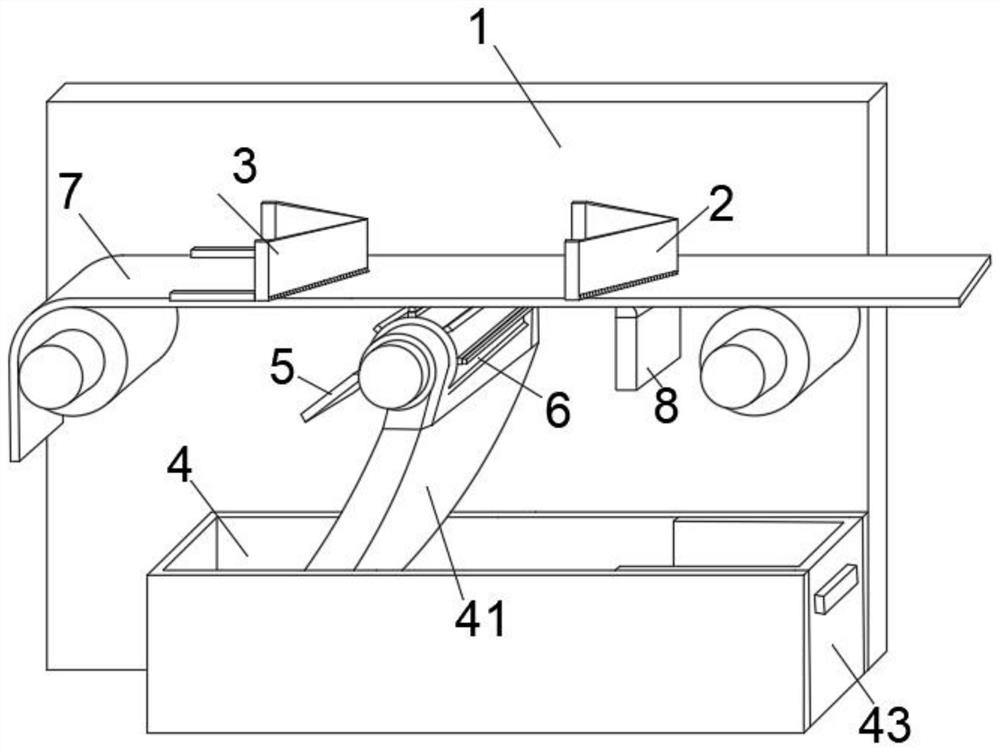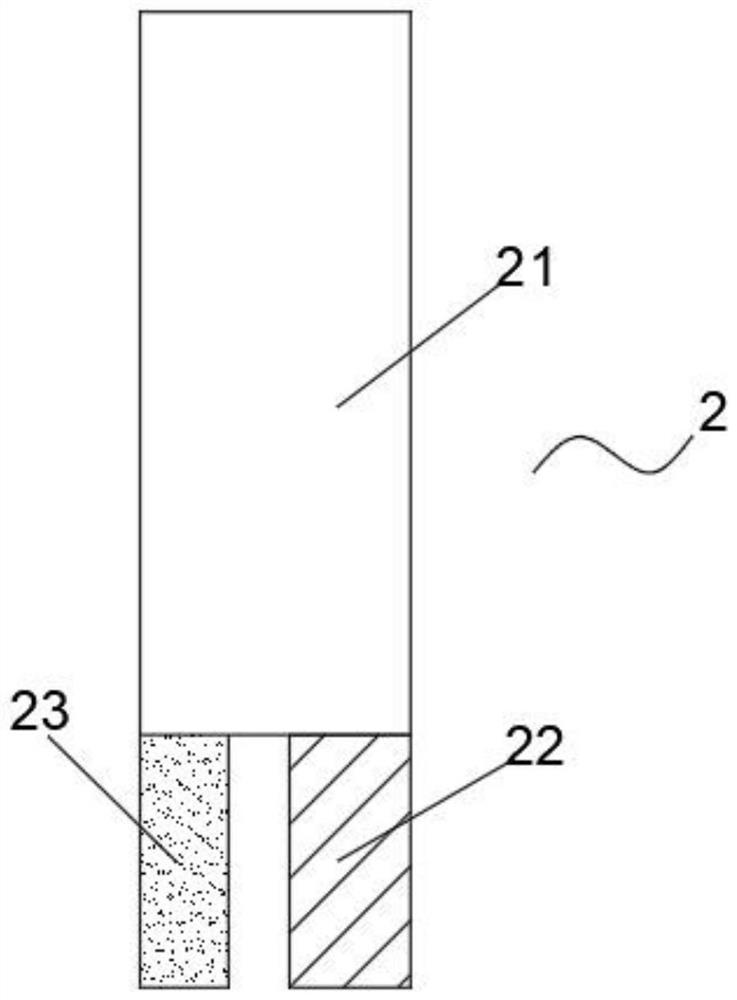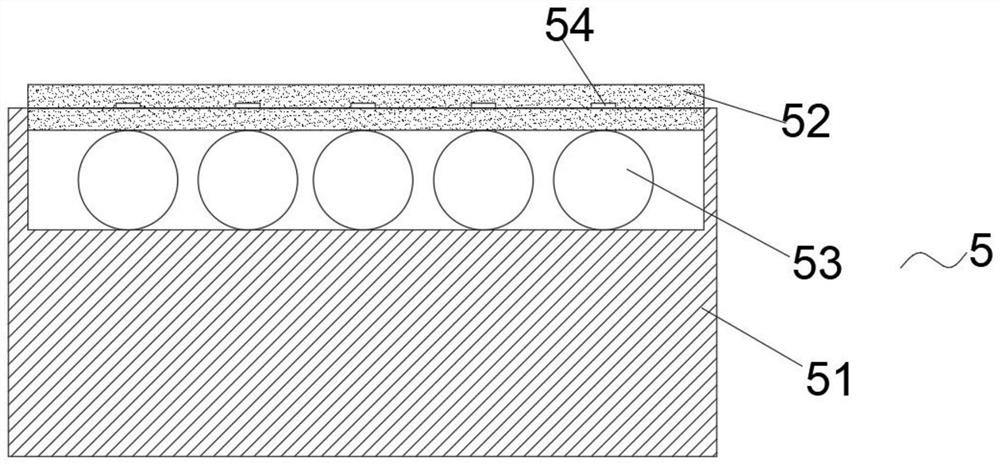Weaving method for polyester fabric
A fabric and polyester technology, which is applied in the field of polyester fabrics, can solve the problems of fabric waste, lower production efficiency of finished products, and lower production quality, and achieve the effects of avoiding debris falling, ensuring stability, and ensuring smoothness
- Summary
- Abstract
- Description
- Claims
- Application Information
AI Technical Summary
Problems solved by technology
Method used
Image
Examples
Embodiment Construction
[0041] The following will clearly and completely describe the technical solutions in the embodiments of the present invention with reference to the accompanying drawings in the embodiments of the present invention. Obviously, the described embodiments are only some, not all, embodiments of the present invention. Based on the embodiments of the present invention, all other embodiments obtained by persons of ordinary skill in the art without making creative efforts belong to the protection scope of the present invention.
[0042] see Figure 1 to Figure 9 , the present invention provides a technical solution:
[0043] A weaving method of polyester fabric, the method steps are as follows:
[0044] S1: Send the raw materials after warping in batches to the loom for weaving, and then send the woven fabrics to the trimming equipment for trimming;
[0045] S2: the upper surface and the lower surface of the running fabric are cleaned by the first cleaning plate and the second cleani...
PUM
 Login to View More
Login to View More Abstract
Description
Claims
Application Information
 Login to View More
Login to View More - R&D
- Intellectual Property
- Life Sciences
- Materials
- Tech Scout
- Unparalleled Data Quality
- Higher Quality Content
- 60% Fewer Hallucinations
Browse by: Latest US Patents, China's latest patents, Technical Efficacy Thesaurus, Application Domain, Technology Topic, Popular Technical Reports.
© 2025 PatSnap. All rights reserved.Legal|Privacy policy|Modern Slavery Act Transparency Statement|Sitemap|About US| Contact US: help@patsnap.com



